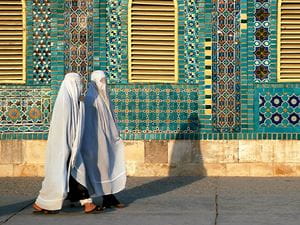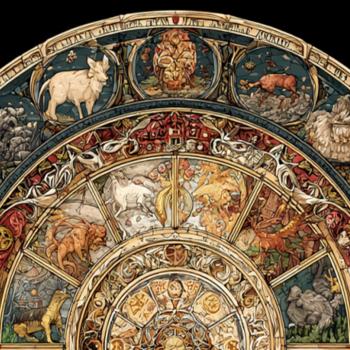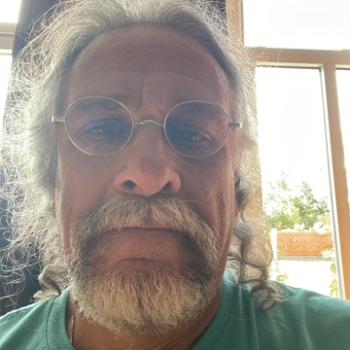
A burka, sometimes spelled as burqa, is a Muslim form of religious covering worn by women in some of the most conservative sects of Islam. Unlike the niqab, another form of religious dress for women which covers almost all of a women’s body and face, excluding the eyes, the burqa includes a mesh panel over the eyes of the face covering. The burka can come in many colors, including black, purple, and blue, and different colors are most commonly associated with women of different countries. The burka is sometimes referred to as ‘the long veil’ because it typically is a floor-length garment.
Muslim women who wear the burka often do so for religious or cultural reasons. The Quran, the central divine text of Islam, instructs all Muslims to dress modestly and carry themselves modestly in the world. This instruction has had varied interpretations when it comes to the ideal way for a Muslim to dress, both for men and women. In some Muslim sects or communities, the instruction to be modest has been interpreted for women to mean that women should cover the entirety of their bodies, and even their faces. This interpretation is only for public dress, and is usually understood to be necessary only when a Muslim woman will be seen in the presence of men who are not related to her. This interpretation of modest dressing is almost never considered binding for women alone in their homes, or in the presence of only of other women. The burka is the most conservative interpretation of religious modesty requirements within the Muslim tradition, and is often worn in societies where women’s role in the public sphere is limited. While many Muslim women choose to wear the burka, and some appreciate the privacy it affords them to move through the public sphere, there are countries where such clothing is required. In these societies, the decision to wear a burka is not a choice, and Muslim women are required to dress this way in public.
The burka is only one of many different ways in which Muslim women around the world choose to dress modestly. For many Muslim women, the headscarf, al-Amira, shayla, khimar, dupatta, and chador are other available options, though some are more commonly associated with specific countries and traditions. Some Muslim women choose to only cover their hair, or loosely cover their neck and shoulders, and many women will choose different styles over the course of her life. Many Muslim women will cover their heads in a variety of fabrics and colors. The practice of wearing a burka is controversial in certain countries and communities, because of the way it entirely covers up a woman’s body and face.
3/23/2021 6:32:39 PM








